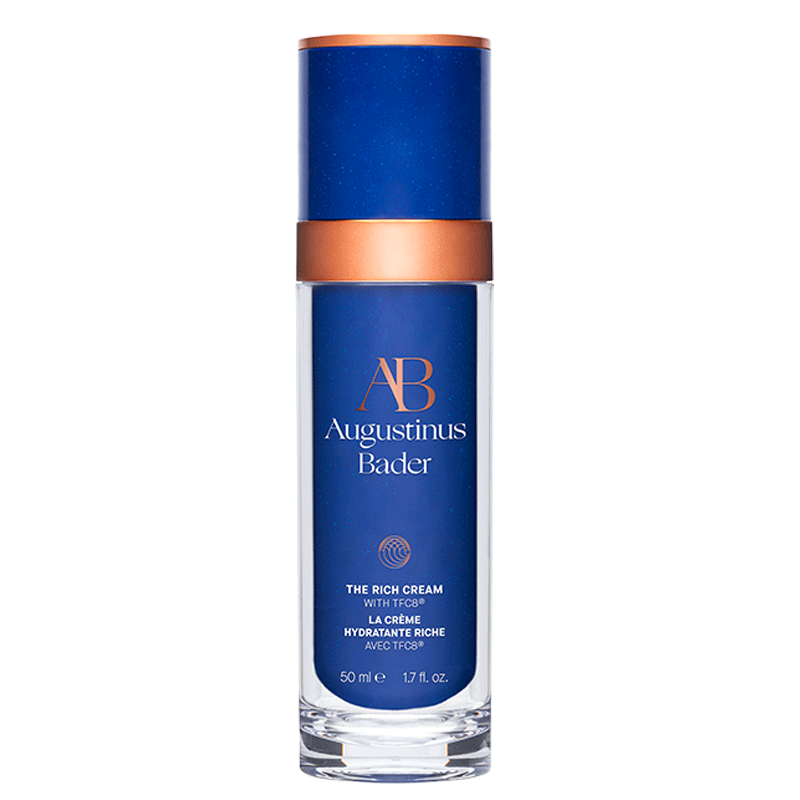Skincare consumers have never been savvier than they are today. They’re well-versed in popular ingredients, what they do, and how to apply them for the best results. Skincare aficionados are also vigilant about the ingredients they don’t want in their products, such as fragrance, sulfates, parabens, and mineral oil. This greater awareness has helped lead to the rise of single-ingredient skincare.
What Is Single-Ingredient Skincare?
This term can mean just what it sounds like–skincare products made from one ingredient, such as a cold-pressed oil like rosehip, jojoba, or argan. But it can also refer to minimal-ingredient skincare: These products have more than one ingredient but only one key active (or the “hero” ingredient).


The Pros of Single Ingredients
There are many reasons you may see more single-ingredient products in stores or with your favorite online beauty brand:
● These hyper-focused products allow you to address a specific skin issue.
● Many single-ingredient products are free of potential skin irritants.
● Because there are minimal skincare ingredients in these products, the active may be more potent than it would be in a blended formulation.
● You can use multiple single-ingredient products to create a customized skincare routine.
The Cons of Single Ingredients
Of course, there are other considerations to keep in mind when looking at the ingredients in your skincare. Here are some of the potential drawbacks to single-ingredient products:
● If there’s a higher concentration of an ingredient, there may be an increased risk of irritation.
● Skincare is a precise balance of vitamins, plant-based botanicals, and other ingredients developed by professional scientists. If you don’t possess a chemistry degree, you may run the risk of putting together a single-ingredient routine with products that don’t work well together and you won’t get the results you want.
● You may need multiple minimal-ingredient skincare products to do the job of just one product that has more key actives. This can make your routine more time-consuming, and it may also lead to product buildup on your complexion.
● Aesthetically, some single-ingredient skincare isn’t as pleasing to the senses, with an unwelcome texture or scent.


Transparency in Skincare Ingredients
Single-ingredient products may be considered more transparent–with fewer ingredients on a label, there’s no place for a potential irritant to hide. However, a reputable brand with a commitment to clean, sustainable practices will also clearly state what’s in each formulation.
Whether you choose single- or multi-ingredient skincare, go with a trusted brand that has a commitment to quality and innovation. Look for products that are free of fragrance, parabens, sulfates, phthalates, and other problematic ingredients.
Most Common Ingredients in Skincare
When choosing your products, look for some of these tried-and-true ingredients that offer proven skincare benefits:
● Vitamin C (Antioxidants brighten the complexion’s appearance and help protect skin from sun damage.)
● Acids (Alpha hydroxy and beta hydroxy acids are potent exfoliators that promote glowing skin.)
● Retinol (One of the most popular anti-aging ingredients in skincare, this vitamin A derivative encourages cell turnover for renewed skin.)
● Vitamin E (This vitamin helps soften and smooth the feel of your skin.)
● Hyaluronic acid (Strengthen the skin’s moisture barrier with this ingredient that attracts and locks in hydration.)
● Niacinamide/Vitamin B3 (This ingredient gives your skin vital support if you have redness or a loss of elasticity.)


Is Less Better When It Comes to Skincare Ingredients?
The answer, in part, depends on the ingredient itself. For instance, pure marula or squalane oils can hydrate dry skin and add radiance to a complexion. However, salicylic acid on its own may be too much for your skin to handle.
Personal preference is also a factor. Using many different single-ingredient products can add more steps (and more time and labor) to a skincare routine. You also may need to undergo a prolonged testing period when you start applying more than one single-ingredient product at a time, to eliminate any potential causes of redness or inflammation.
Skincare products developed by professionals with multiple actives streamline your routine, and take the guesswork out of figuring out which products match up well (and which ones don’t). They also offer multifaceted benefits, particularly when these products pair complementary ingredients such as vitamins C and E.
If you’re new to a brand, learn more about their values and vision, and how they formulate their ingredients. A reputable clean beauty brand gives you confidence in a product, no matter how many ingredients are on the label.
Augustinus Bader Skincare
We use sustainable ingredients whenever possible. This commitment to clean beauty is matched by our expertise in clean science. More than 30 years of groundbreaking research have gone into our cutting-edge skincare technology, including our signature TFC8®.
Purchase one of our game-changing formulas in skincare, supplements and haircare.




